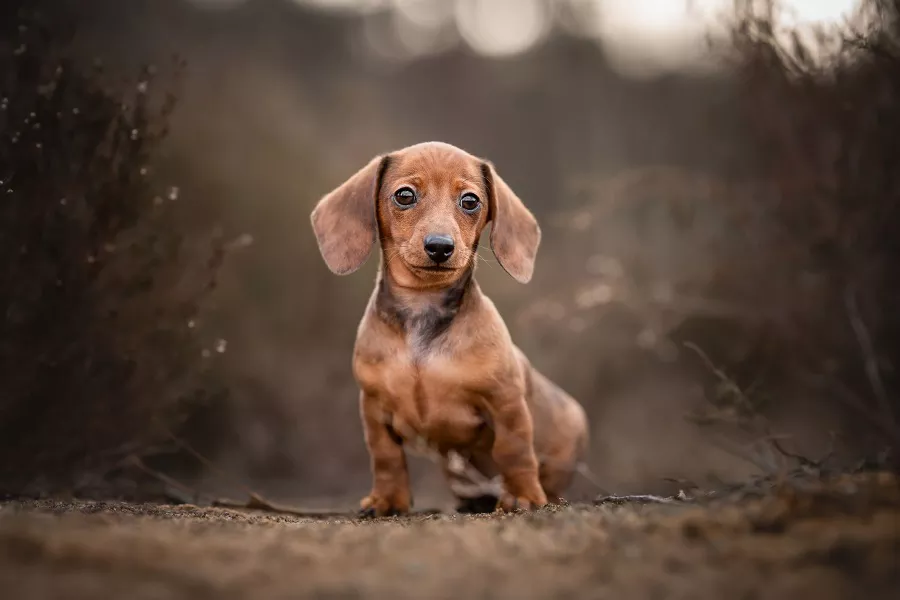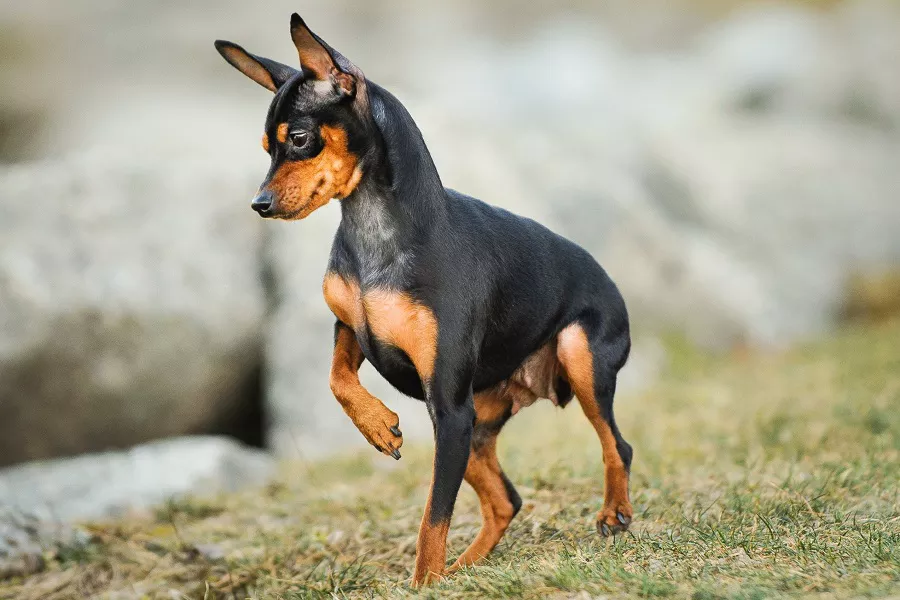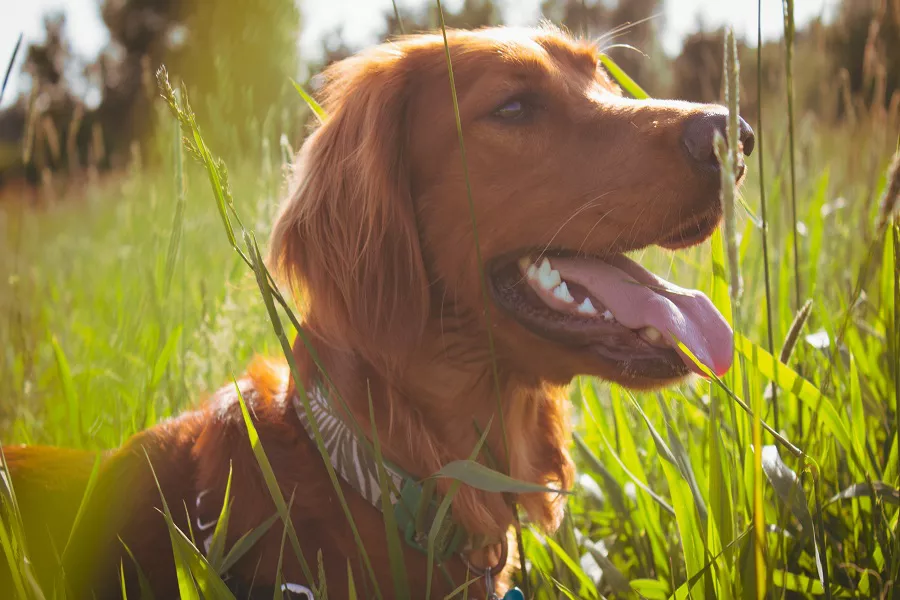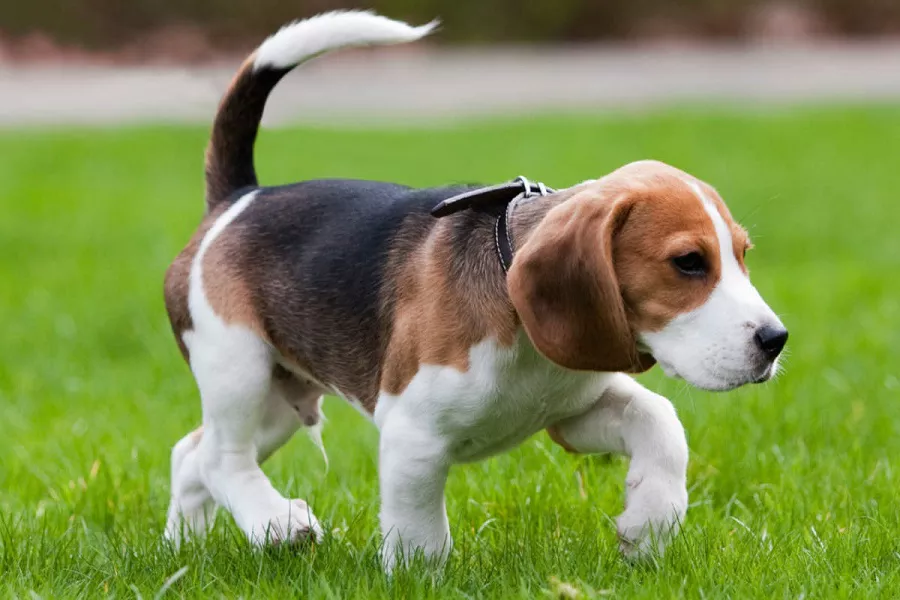What is miniature dachshund?
The Miniature Dachshund is a breed native to Germany. Significantly smaller than their standard counterparts, there are three types, short-haired, long-haired and setae. Like the standard kin, they are all descendants of the Tekel. The classification of its species was originally based on weight, and this classification is still quite reliable until now. The disposition is intelligent, brave, curious and full of vitality, but also high obedience.
What does the miniature dachshund look like?
Shorthaired Mini Dachshund
Short-haired miniature fur, short and bushy and clinging to the body; broad, active ears, recessed protruding sternum on each side, and broad feet with curved toes. The ears are longer, drooping, more active, and more grumpy.
long haired miniature dachshund
The Longhair Mini has straight and long hair, with fringe on certain parts; longest on the neck and underparts, fringe on the tail, and a limited amount on the feet; the hind feet are smaller than the front feet.
Wirehaired Mini Dachshund
The Wirehaired Miniature has coarse, uniform bristles all over the body, tufted eyebrows, and shorter hair on the ears; the Wirehaired Miniature Dachshund was not officially recognised in the UK until 1959.
miniature dachshund living habits
The character is quite lively, cheerful, brave, cautious and confident. Often make funny moves, is a happy dog. Unrelenting when working above ground or underground, all senses are well developed. Outdoors, the Dachshund is brave, energetic, and tireless; indoors, it is affectionate and sensitive, friendly when quiet, hilarious when playing, and wary when announcing strangers.
miniature dachshund rearing
First, it is best not to let miniature dachshund have the habit of snacking every day.
Second, when miniature dachshund does not eat, do not replace staple food with snacks.
Third, overfeeding snacks will cause dachshunds to become obese. When the miniature dachshund loses shape, it is necessary to pay attention to whether the snacks need to be reduced.
Fourth, the best time to give treats is when the dog does something that makes you happy. Let them know they can be rewarded for doing certain things, and let them know that you are the one who can decide whether to reward them with a snack.
Fifth, pay attention to the ingredients and appearance of snacks, whether there are excessive pigments or additives, and whether there are too bright and unnatural colors on the appearance.
Reminder: For more knowledge about dog feeding, dog training, dog grooming, dog breeding, please pay attention to: mtedr.com, providing you with different kinds of dogs.


























